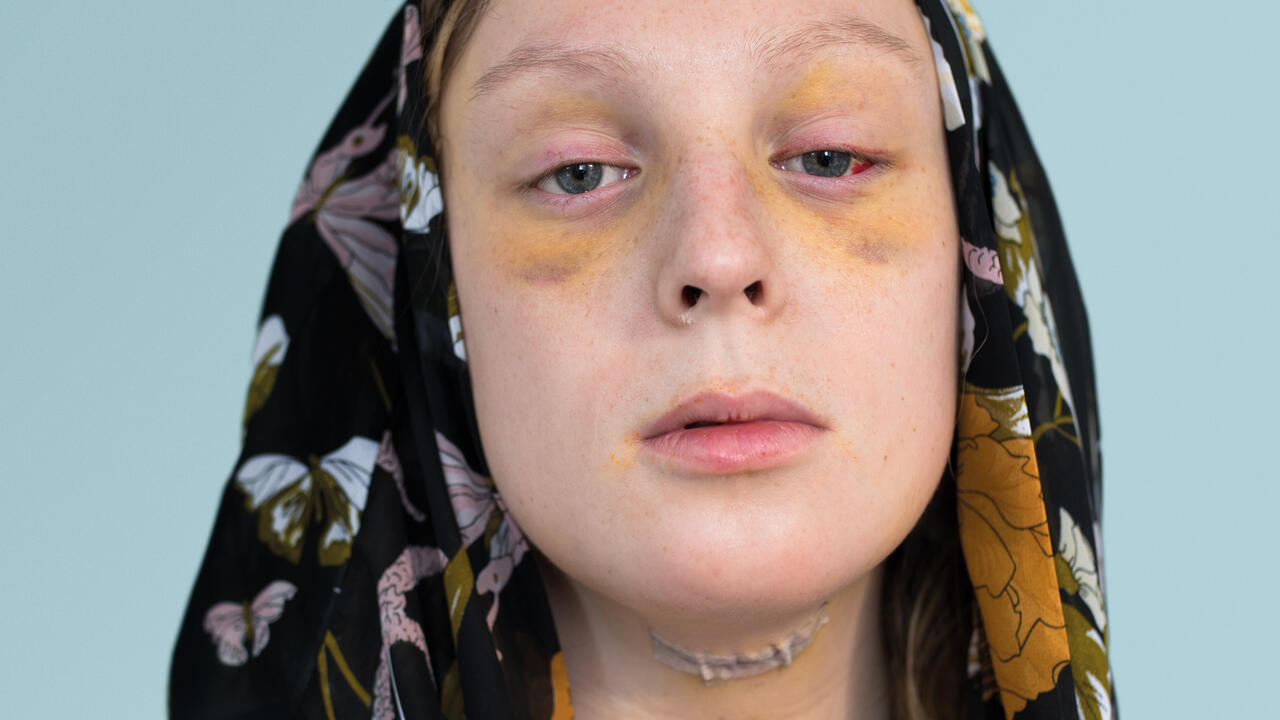Two Transgender Activists to Be Honoured with Statues in New York
50 years on from Stonewall, Marsha P. Johnson and Sylvia Rivera will be memorialized in Greenwich Village
50 years on from Stonewall, Marsha P. Johnson and Sylvia Rivera will be memorialized in Greenwich Village

A few blocks from historic New York gay bar The Stonewall Inn, the site of the eponymous 1969 riots, monuments of two transgender activists have been proposed to redress a conspicuous lack of statues of LGBTQ+ people in New York City. 50 years on from the riots, a pair of statues will memorialize Marsha P. Johnson and Sylvia Rivera, two trans, POC people who were central to the Greenwich Village gay rights scene as well as the Stonewall uprising.
It’s been a long time coming: at present, the city has no monuments of specific figures from any LGBT movement, while George Segal’s Gay Liberation (1980) in Christopher Park in the West Village, which features four anonymous white lacquer figures, has long been criticized for whitewashing the movement. In 2015, activists painted the hands and faces of the statues brown in protest.

A self-defined drag queen, Marsha P. Johnson was influential to the American gay liberation movement. As one of the first drag queens to be permitted to enter The Stonewall Inn, Johnson became a regular feature of Greenwich Village, known for her floral headpieces and red plastic heels. Local lore claims Johnson threw a shot glass which started the Stonewall riots: it ‘was the shot glass that was heard around the world’ one witness reported, although Johnson always denied the accusation. She was a maternal figure for young gay and trans people living on the streets as well as an outspoken activist who campaigned for trans rights, before the word was even in general use.

Sylvia Rivera was a close friend and ally of Johnson and was orphaned when she was just three years old. She began living on the streets and worked as a prostitute at the age of eleven. At that time, she was taken in by the Greenwich Village drag queen community: ‘Marsha [Johnson] was the first friend I made on 42nd Street. She was 17. Marsha plugged in the light for me,’ Rivera said in a 1995 New York Times interview. Apparently present at the Stonewall riot, she reminisced in an 1998 interview: ‘I remember when someone threw a Molotov cocktail, I thought: “My god, the revolution is here. The revolution is finally here!”.’ Along with Johnson, Rivera founded Street Transvestites Action Revolutions (STAR) and was proudly committed to LGBT, and later intersectional, activism until her death in 2002.
True pioneers for the rights of transgender people, statues of Rivera and Johnson are a welcome addition to the cast of predominantly straight, white, male faces set in stone across New York City.
The project is a collaborative initaitive between New York’s department of cultural affairs and She Built NYC, a campain that aims to increase the proportion of monuments of women in the city. Currently only 1% of statues in New York depict women. The two organizations will soon begin to search for an artist to design the statues, which they hope will be completed by 2021.
Main image: Gary LeGault, Marsha, Joseph and Sylvia march down Seventh Avenue in 1973, 2016, coloured pencil on paper. Courtesy: Wikimedia Commons






















